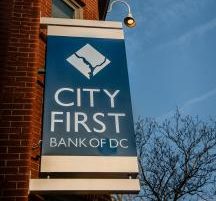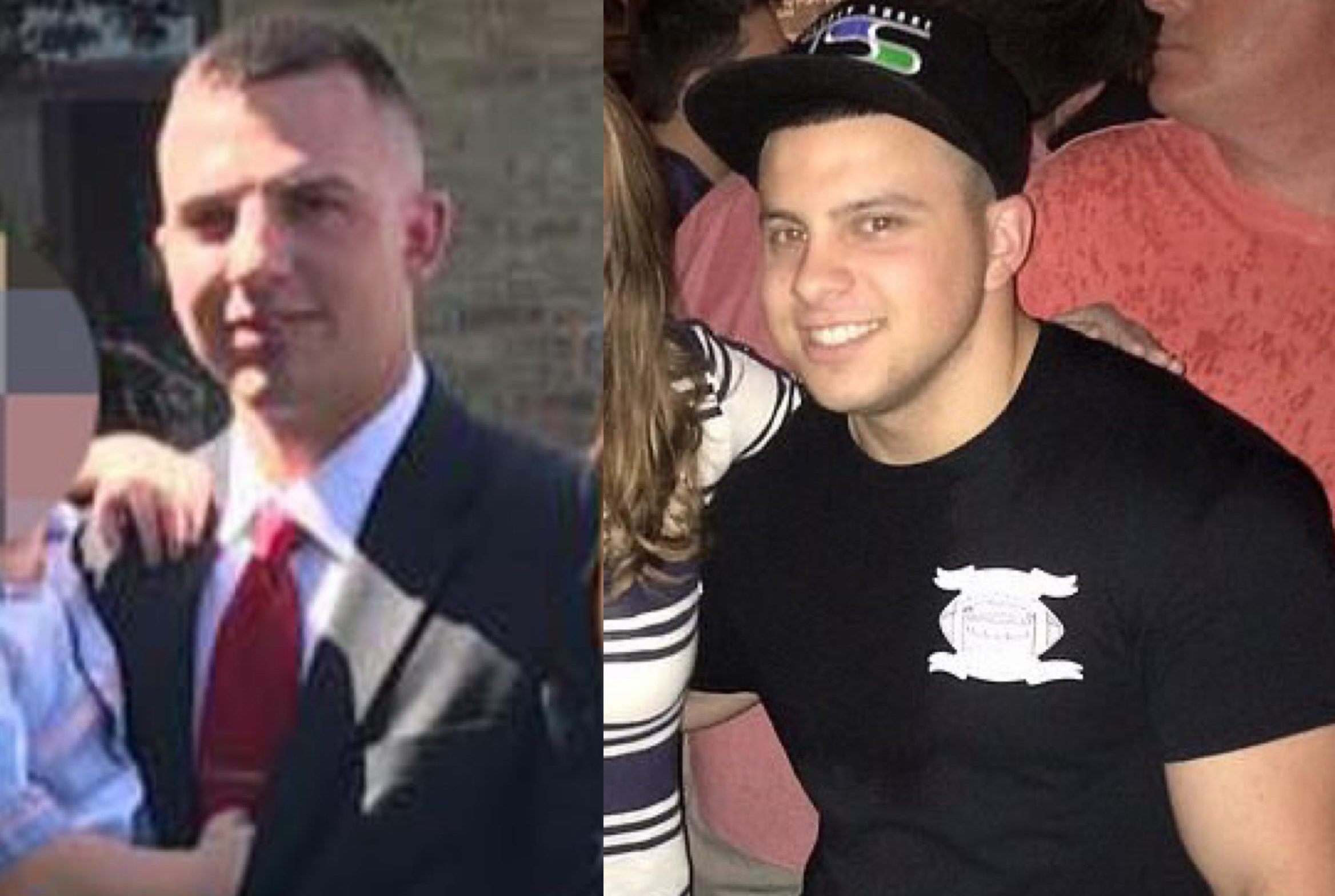Two Black-led banks are coming together to attack systemic racism in the Black economy and to help build up Black wealth.
Los Angeles’ Broadway Federal Bank and Washington, D.C.s City First Bank are coming together to create the largest Black-led bank in the U.S. The issue with a lot of Black banks is that they typically don’t have enough money to lend out to the Black community for Black people to build wealth, which decreases the money that flows back into Black banks, according to the Los Angeles Times.
But, according to Brian Argrett, chief executive of City First Bank, the merger will tackle a variety of issues, including ensuring Black banks have the ability to write larger checks to help aid projects like multifamily affordable housing or to finance small businesses and nonprofits.
Together, Broadway Federal’s parent company, Broadway Financial Corp., and City First’s parent company, CFBanc Corp., will create a combined entity with more than $1 billion in assets. The deal for the merger is expected to be sealed in the first quarter of 2021. The merger will provide more capital and capability, which will allow it to “direct more capital through loans and into the underlying communities that we both serve,” said Argrett. Argrett has been chosen as the CEO of the new, currently unnamed entity.
Black banks have been struggling to exist physically and financially over the years. The Los Angeles Times reports that just last year, there were 21 Black-owned and Black-led banks in the U.S., while there were 48 in 2001, according to the Federal Deposit Insurance Corp. The 21 banks had assets worth $4.85 billion. The amount of checking and savings accounts, business lines of credit, mortgages, and other loans need to be increased in order to “significantly move the needle,” said William Michael Cunningham, economist, and CEO of consulting firm Creative Investment Research. “The lack of Black wealth means that you don’t have a community asset base you can utilize to create larger Black financial institutions,” he said. “The money just isn’t there.”
⠀⠀⠀⠀⠀⠀⠀⠀
But there’s also the systemic racism aspect of Black banks failing. The existence of Black banks was a result of racial inequalities projected onto the Black community, according to Mehrsa Baradaran’s book “The Color of Money: Black Banks and the Racial Wealth Gap.” The book details the history and importance of Black banks. “They don’t need deposits; they need lending opportunities,” Baradaran said. “Black banks need more capital. They need for these government programs to be helping them, rather than going to the big banks, big businesses.” She continued: “Black banking has been an anemic response to racial inequality that has yielded virtually nothing in closing the wealth gap.”
OneUnited CEO #KevinCohee cosigned that message saying that Black banks typically struggle because they serve lower-income communities of color, where credit is poor because of the history of discrimination. “We want to give people an opportunity that wouldn’t otherwise have an opportunity to be successful,” said Cohee. “At the core of it, it’s racism. Banks tend to perform better in places where people have more money.”



